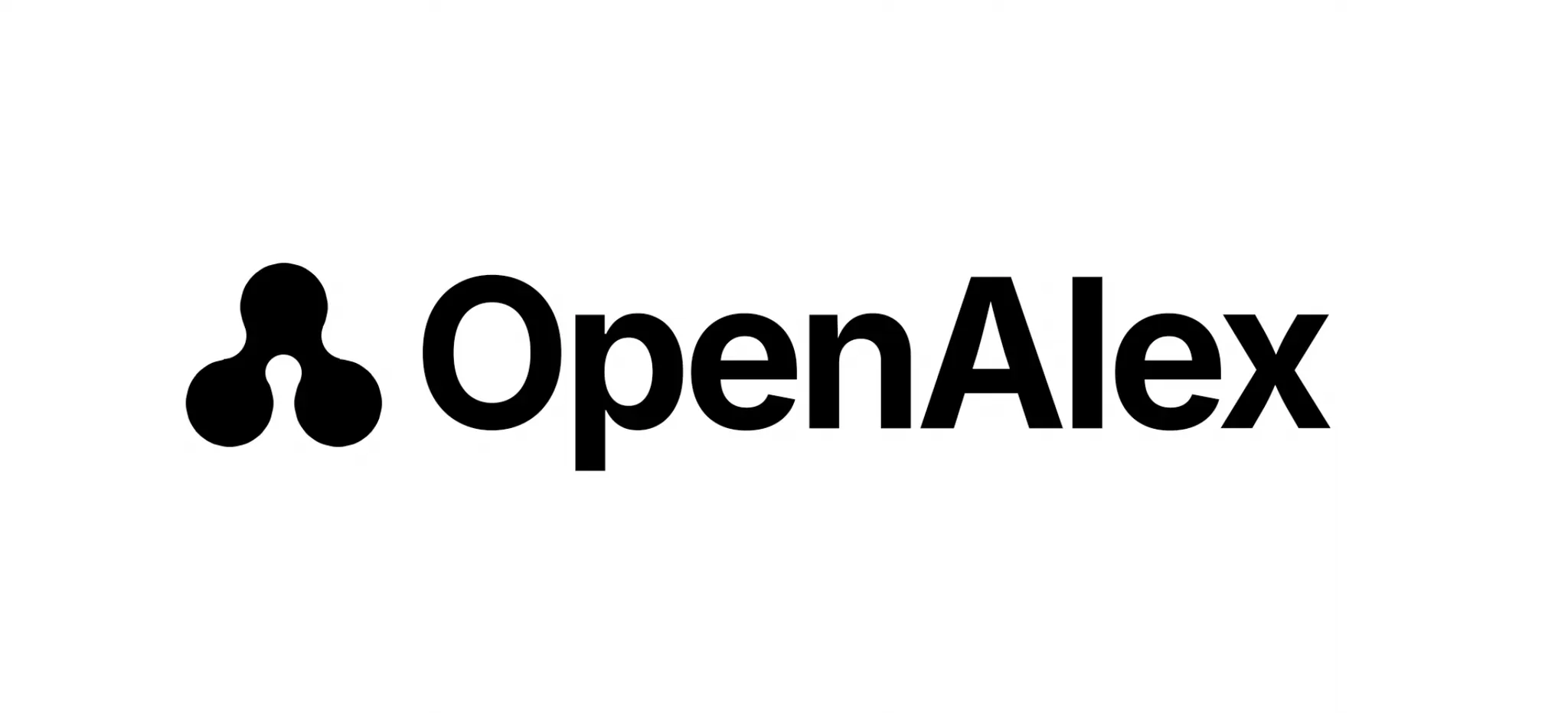Management of Mūtrāśmari Corresponding to Urolithiasis with Elādi Kwātha and Eranda Taila: A Case Report
DOI:
https://doi.org/10.63247/3048-7390.vol.2.issue2.9Keywords:
Mūtrāśmari, Urolithiasis, Elādi Kwātha, Eranda Taila, Ayurvedic Case Report, Conservative ManagementAbstract
Introduction: Aṣmari is described in Suśruta Saṃhitā as a disorder of the Mūtravāha srotas and is classified under Aṣṭamahāgāda. Urinary stone disease affects 3–5% of the global population, with rising prevalence due to metabolic disturbances and environmental factors. According to Chakradatta, oral Ayurvedic drugs with properties such as Chedana, Lekhana, Bhedana, and Mūtrala, like Elādi Kwātha, may aid in urinary stone management and should be considered before surgical interventions.
Case Presentation: A 25-year-old female presented to the Outpatient Department of Shri Khudadad Dungaji Government Āyurved Hospital, Raipur (C.G.), on 10 January 2025, with burning micturition, right flank pain radiating to the groin, and orange-colored urine for two days. Urolithiasis was diagnosed, and surgery was advised.
Intervention: The patient was treated with Elādi Kwātha and Eranda Taila for 90 days in three regimens. Clinical assessments were performed every 15 days, evaluating symptom relief and stone size.
Outcome: After 90 days, significant reduction in pain, burning micturition, and stone size was observed, resulting in improved quality of life. Follow-up assessments indicated sustained symptom relief and no recurrence.
Conclusion: The combination of Elādi Kwātha and Eranda Taila demonstrated potential as an effective conservative management for Mūtrāśmari corresponding to urolithiasis.
References
1. Caraka Saṁhitā, Cikitsasthāna, Trimarmīya Cikitsā Adhyāya, 26/37.
Available from: http://niimh.nic.in/ebooks/ecaraka/ [Accessed on 20/08/2025]
2. Suśruta Saṁhitā, Nidānasthāna, Aśmarī Nidāna Adhyāya, 3/4.
Available from: https://niimh.nic.in/ebooks/esushruta/ [Accessed on 20/08/2025]
3. Caraka Saṁhitā, Sūtrasthāna, Ātreyabhadrakāpīya Adhyāya, 26/86–101.
Available from: https://niimh.nic.in/ebooks/ecaraka/?mod [Accessed on 20/08/2025]
4. Caraka Saṁhitā, Cikitsasthāna, Trimarmīya Cikitsā Adhyāya, 26/33–34.
Available from: https://niimh.nic.in/ebooks/ecaraka/ [Accessed on 20/08/2025]
5. Scales CD Jr, Smith AC, Hanley JM, Saigal CS.
Prevalence of kidney stones in the United States. Eur Urol. 2012;62(1):160–165.
doi:10.1016/j.eururo.2012.03.052
Abufaraj M, Xu T, Cao C, Waldhoer T, Seitz C, D’Andrea D, et al.
Prevalence and trends in kidney stones among adults in the USA: analyses of NHANES 2007–2018 data. Eur Urol Focus. 2021;7(6):1460–1469.
doi:10.1016/j.euf.2020.07.010
6. Chakradatta of Chakrapāṇidatta, edited with the Vaidya Prabhā (Chakradatta-Ṭīkā) commentary by Ācārya Indradeva Tripāṭhī. Varanasi: Chaukhambha Sanskrit Series Office; Reprint Edition, 2020. Aśmarī Cikitsā Adhyāya (Chapter 33), Elādi Kwātha formulation.
7. Caraka Saṁhitā, Cikitsasthāna, Trimarmīya Cikitsā Adhyāya, 26/45–58.
Available from: http://niimh.nic.in/ebooks/ecaraka/ [Accessed on 20/08/2025]
8. Suśruta Saṁhitā, Sūtrasthāna, Āvarṇīya Adhyāya, 33/4–5.
Available from: https://niimh.nic.in/ebooks/esushruta/ [Accessed on 20/08/2025]
9. Suśruta Saṁhitā, Uttaratantra, Mutrakṛcchrapratishedha Adhyāya, 59/4–14.
Available from: https://niimh.nic.in/ebooks/esushruta/ [Accessed on 20/08/2025]
10. Chakradatta of Chakrapāṇidatta, edited with the Vaidya Prabhā (Chakradatta-Ṭīkā) commentary by Ācārya Indradeva Tripāṭhī. Varanasi: Chaukhambha Sanskrit Series Office; Reprint Edition, 2020. Aśmarī Cikitsā Adhyāya (Chapter 33), Elādi Kwātha formulation.
11. Aṣṭāṅga Hṛdaya, Sūtrasthāna, Rogānūtpatti Adhyāya, 4/57–58.
Available from: https://vedotpatti.in/samhita/Vag/ehrudayam/ [Accessed on 20/08/2025]
12. Deka K, Kakoti BB, Sailo N, Kalita DJ, Bezbaruah R.
Assessing the antiurolithiatic potentials of Calamus floribundus Griff.: an in vitro and in vivo approach. Pharmacognosy Research. 2024;16(3):604–615.

Downloads
Additional Files
Published
Issue
Section
License
Copyright (c) 2025 Dr. Aklesh Verma, Prof. Dr. Aruna Ojha, Dr. Rashmi Diwan, Dr. Aradhana Kande (Author)

This work is licensed under a Creative Commons Attribution 4.0 International License.















 \
\











